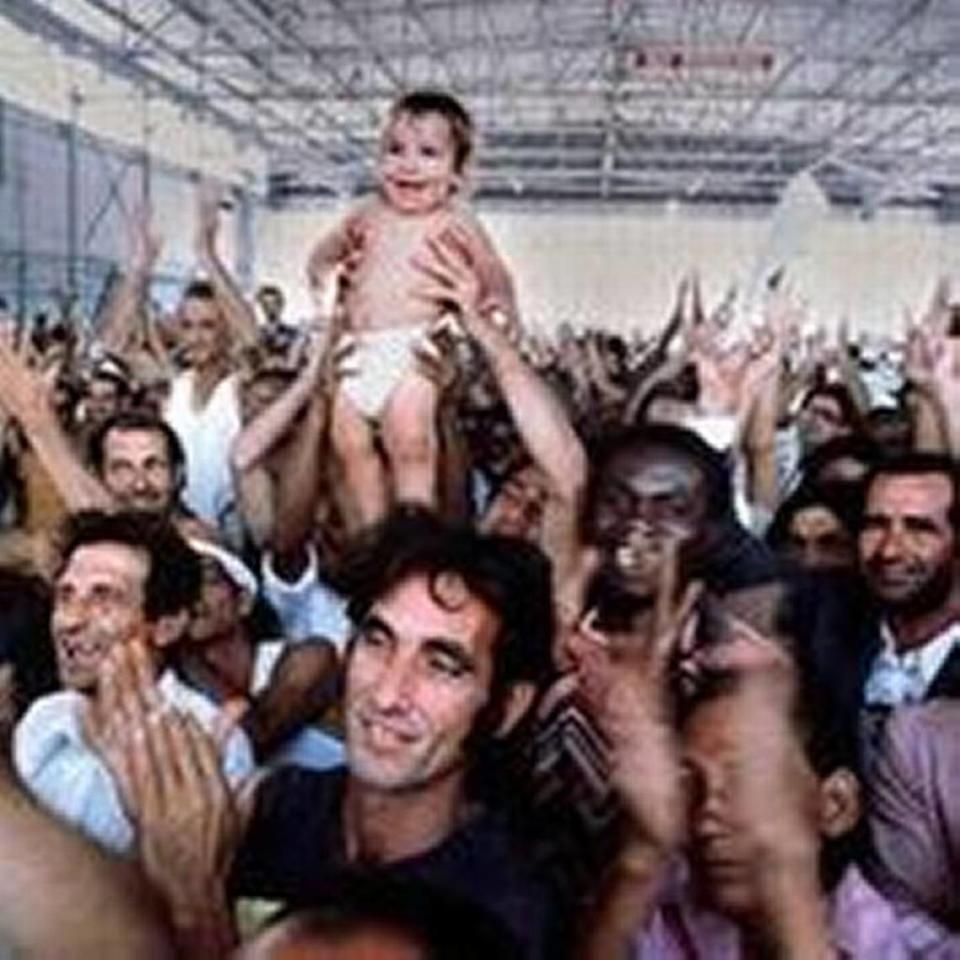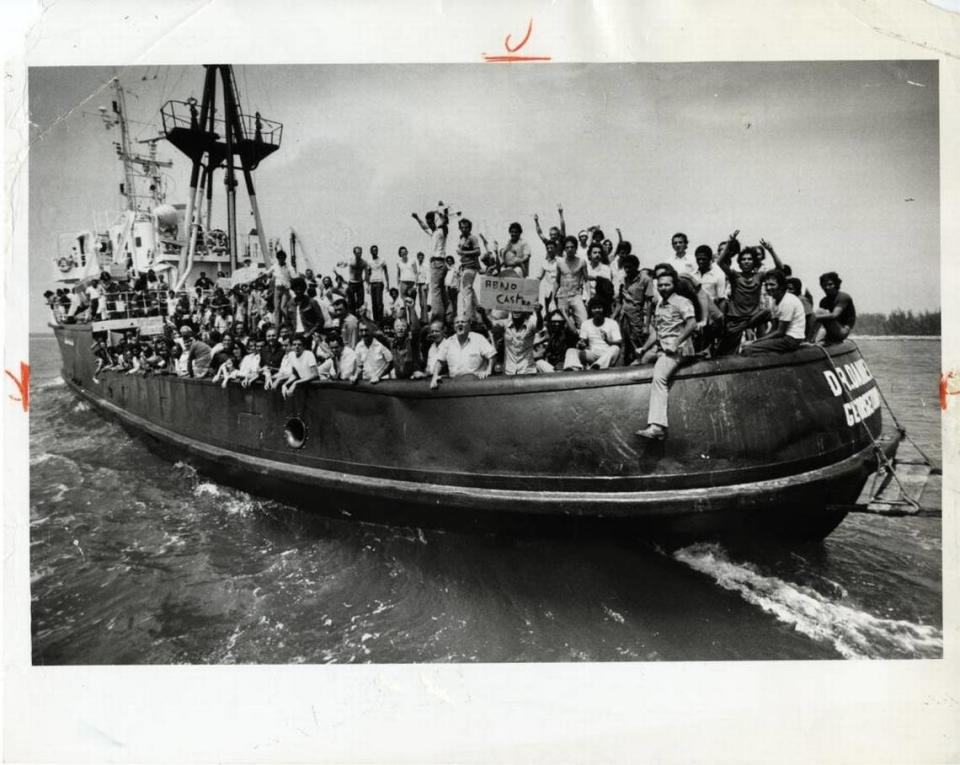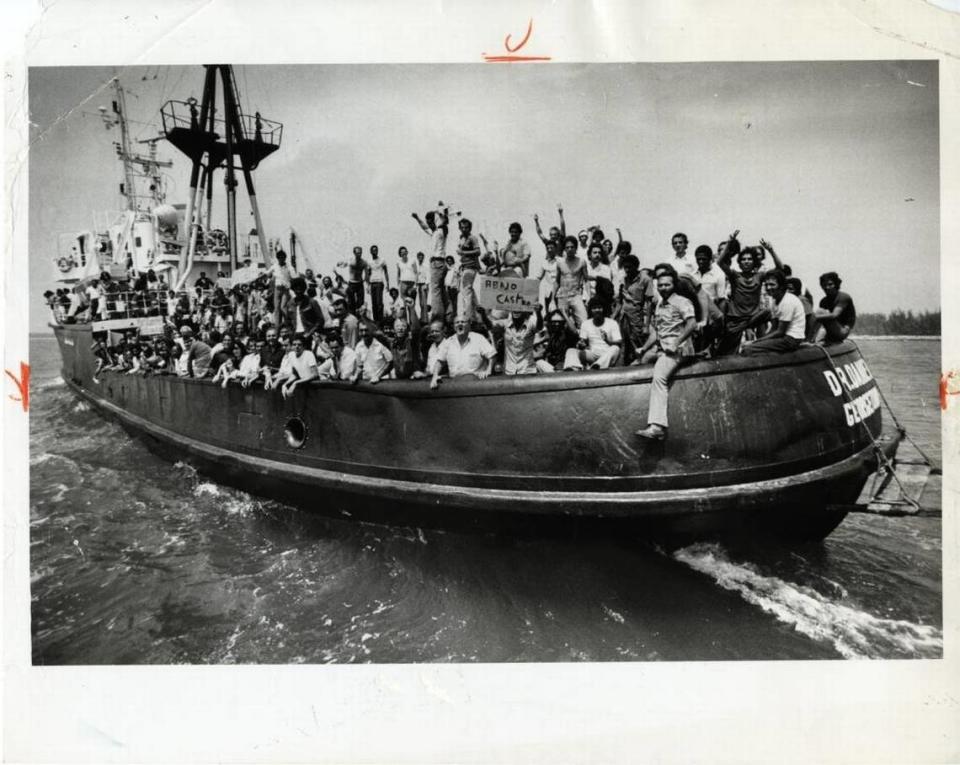What the 1980 Mariel boatlift can teach us about today’s immigration problems | Opinion
This month, 44 years ago, President Jimmy Carter officially established the Cuban-Haitian Entrant Program. The program helped manage the massive influx of the 125,000 Cuban immigrants who took part in the Mariel boatlift and the 25,000 Haitians who arrived in South Florida over the same seven-month period.
The primary purpose of the CHEP, born on June 20, 1980, was to give work authorizations to the new refugees paroled into the U.S. making them eligible for work and receive benefits to help rebuild their lives in the United States.
As a Cuban American and data analyst, I have thought a lot about the Mariel boatlift. As thousands of migrants report to the U.S.-Mexico border seeking asylum each day, I wonder how it must have felt 44 years ago as hundreds of Cubans landed in Key West each day, longing to breathe free air.
I am also struck by the differences between Carter’s humanitarian CHEP program and the callous way we treat new Americans and the harmful policies many states and cities have adopted regarding asylum seekers. As we look back at the legacy of Mariel, what lessons can we impart upon the current trends in immigration?
The events that led to the Mariel boatlift began on April 1, 1980 when five Cuban men drove a bus through a gate at the Peruvian embassy in Havana. Unexpectedly, thousands of Cubans followed them into the embassy grounds seeking asylum, too, camping out for weeks and sparking an international incident and demonstration in the streets of Cuba.
By April 20, 1980, Castro had enough. He announced that Cubans who wanted to emigrate to the U.S. could be picked up by their relatives in Miami from the port of Mariel, launching the Mariel boatlift. The first Mariel refugees reached Florida the next day.
Cuban immigration to Miami was hardly new, of course. From the time of the 1959 Cuban Revolution that brought Castro to power, Cubans have fled to the U.S., many settling in Miami.
The arrival of Cuban immigrants spurred a decades-long growth in Dade County’s immigrant population. In the 65 years following Castro’s rise to power, the immigrant share of Dade County rose from 12 percent in 1960 to 49 percent by 2000.
By 1980, just before the Mariel Boatlift began, Miami-Dade’s population stood at 1.6 million, 36 percent of whom were immigrants, more than half of whom were Cuban. The boatlift substantially increased the existing trend. The Mariel refugees arrival constituted a nine percent increase in the overall county population, a dramatic change in a short period.
This increase was much larger than the impact of newly arriving immigrants on any major city since the current influx began in earnest in 2022.
The initial shock of so many arrivals all at once was difficult to manage for government leaders and social service agencies. But the data from Mariel shows that as new immigrants settled into new and growing communities, the challenges gradually faded. That’s because over time, growing ethnic communities begin to support new arrivals on their own, especially when they are empowered to succeed through work authorization and access to basic social support systems.
Research, including a landmark study by economist David Card focusing on Mariel, shows that more workers means an expanded economy. It also shows that even a large and sudden increase in the number of immigrants — even a nine percent increase in the labor force in the case of Mariel — can spur economic growth without any significant reduction in wages for other workers.
So, when we hear politicians make claims about immigrants putting too much strain on state and local resources, remember they are missing out on the bigger picture.
Miami, more than anywhere else in the U.S., is proof that immigrants can radically improve a city by helping grow the economy and expanding the cultural milieu.
Anthony Capote is senior data and policy analyst for Immigration Research Initiative, a nonprofit, nonpartisan think tank on immigration based in New York.






